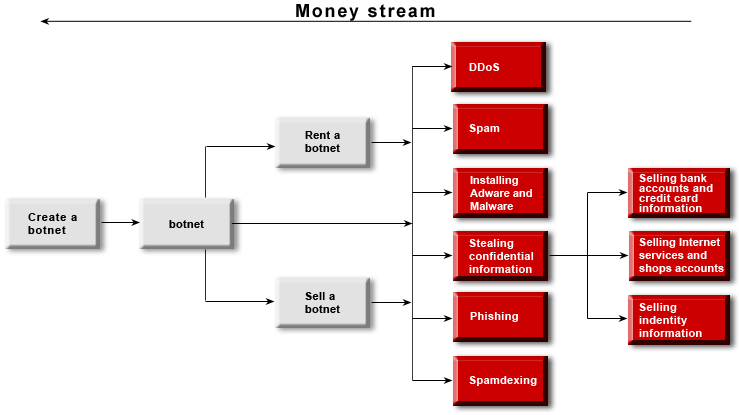February 1, 2012
A Nasty Little Thing Called Spam.
So, what do you think happens 250 billion times a day? Well, OK, it’s a rhetorical question, especially if you paid attention to the title. But every day, in total, 250 billion spam e-mails are sent to inboxes all over the world. It sounds like a lot, but let’s be honest, does that number really shock you?
Next, try to define what you think of as spam. Most people assume it’s about Viagra, Nigerian letters and other pathetic, lame scams which jam up your inbox and slow down your daily business. But here’s the thing: spam is far more than just unsolicited ads. That Viagra offer is just the tip of the iceberg, while spam as a phenomenon is a crucial part of a huge cybercrime ecosystem. And the apparent “innocence” of spam is the illusion that I will be debunking here.
The technical foundations of the cybercrime ecosystem are botnets. These are huge clusters of computers infected with special Trojans (bots) that allow cyber crooks to remotely control these computers without their owners even knowing about it. That’s why experts also call botnets zombie networks – the computers are modified to obey cyber criminals’ commands as if they are zombies. Sometimes botnets can consist of millions of computers. For example, the notorious Kido (Conficker) botnet contained 7 million bots while TDSS had around 4.5 million bots.
How do they make money from botnets? The economics is quite simple here. Cyber crooks monetize the botnets in several ways including DDoS attacks, advertising services, phishing, data theft, etc. The picture looks something like this:


